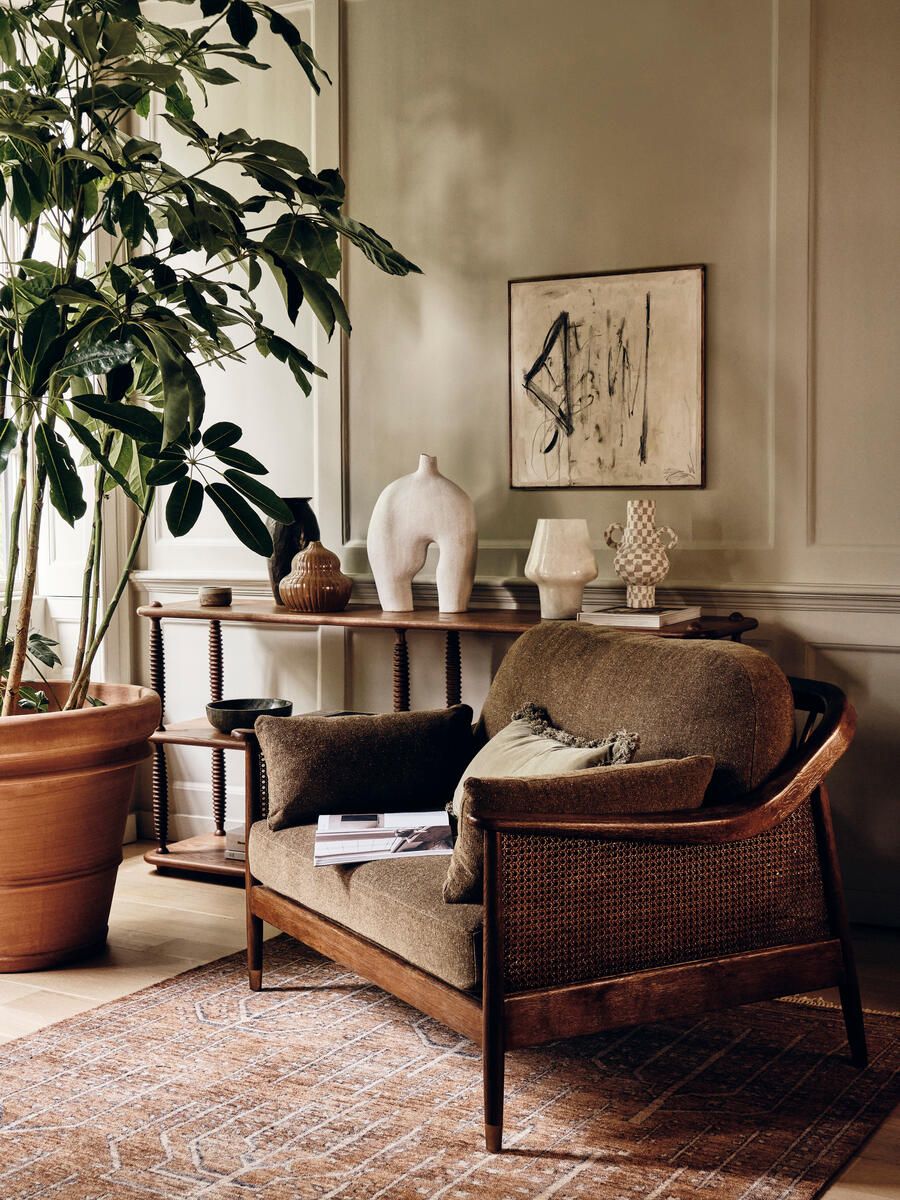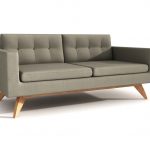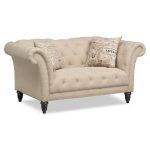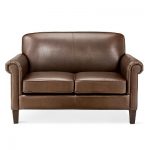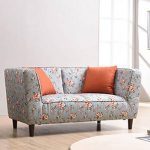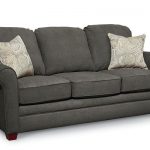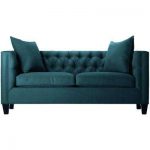The loveseat, a small two-person sofa, has a long and fascinating history that dates back to the 17th century. Originally known as a “courting chair” or “settee,” the loveseat was designed for intimate conversations between couples. Over time, the loveseat has evolved to become a popular piece of furniture found in many homes and living spaces.
The origins of the loveseat can be traced back to France in the late 1600s. It was during this time that seating arrangements became more sophisticated and comfortable, with the inclusion of upholstered chairs and sofas. The loveseat was created as a smaller version of the traditional sofa, designed to accommodate two people in a more intimate setting.
In the 18th century, the loveseat gained popularity in England and America, where it became known as the “courting chair.” It was often placed in drawing rooms or parlors, where couples could engage in private conversations away from the prying eyes of chaperones. The loveseat was also a popular seating option for women who wore large dresses that made it difficult to sit comfortably on a regular sofa.
As the loveseat continued to evolve, it became more widely available and accessible to a larger population. In the 19th century, the loveseat was produced in a variety of styles and materials, including wood, metal, and upholstery. It was often used as a decorative piece of furniture in Victorian homes, featuring intricate carvings and detailing.
In the 20th century, the loveseat became a staple in modern living rooms and apartments. It was no longer reserved for intimate conversations between couples, but rather became a versatile seating option for families and guests. The loveseat was often paired with a larger sofa or sectional, creating a cohesive and comfortable seating arrangement in a room.
Today, the loveseat continues to be a popular furniture choice for many people. It is available in a wide range of styles, colors, and materials, making it easy to find the perfect loveseat to complement any decor. Whether used as a standalone piece or paired with other seating options, the loveseat remains a timeless and stylish addition to any home.
In conclusion, the history and evolution of the loveseat reflect changing societal norms and design trends over the centuries. From its origins as a courting chair in 17th century France to its modern-day status as a popular seating option in homes worldwide, the loveseat has stood the test of time as a versatile and beloved piece of furniture.
 decorafit.com Design ideas for your home and patio
decorafit.com Design ideas for your home and patio
